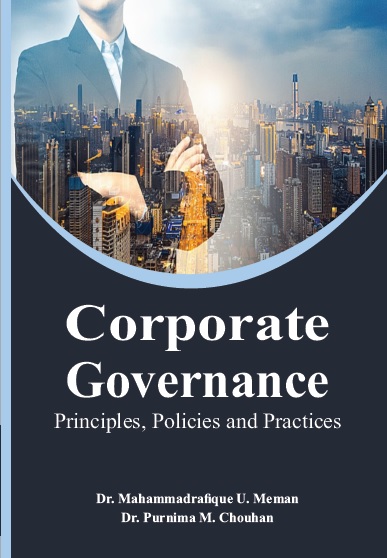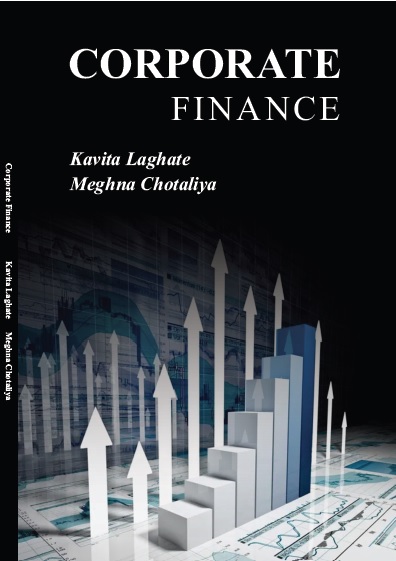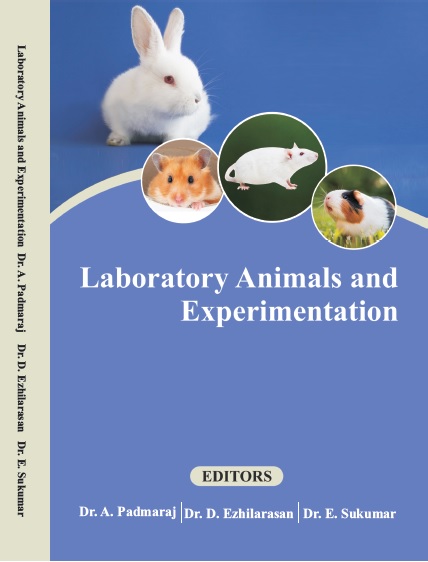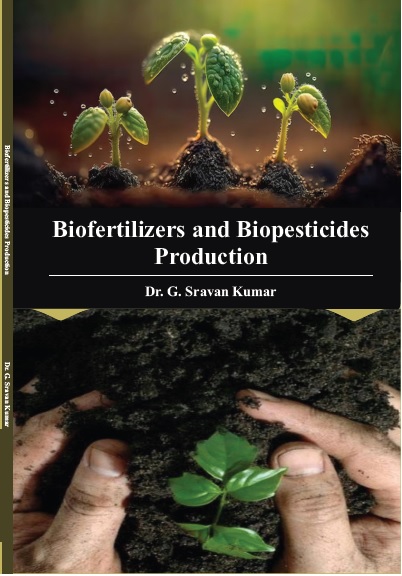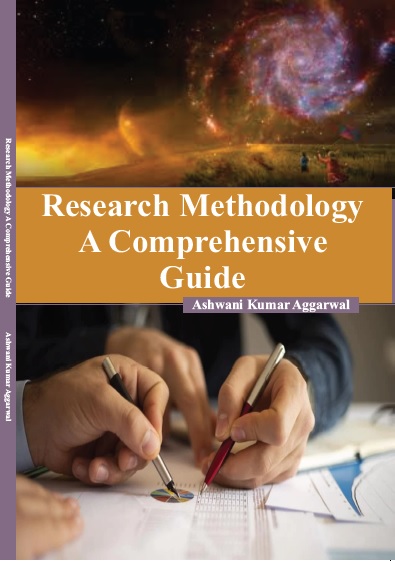SOCIAL SCIENCE AND HUMANITIES
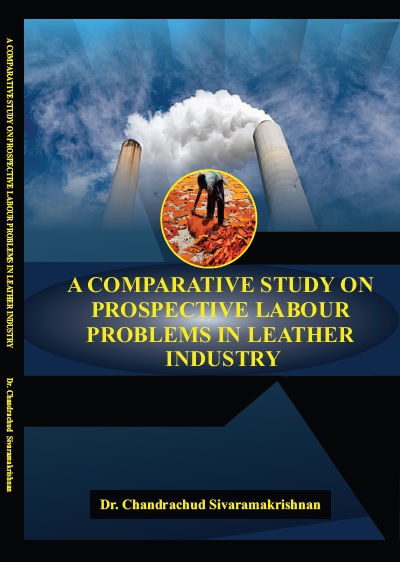
A Comparative Study On Prospective Labour Problems In Leather Industry
by DR. CHANDRACHUD SIVARAMAKRISHANAN
ISBN Number : 978- 1-63042- 705-4
Authors Details
| Author Name | Image | About Author |
|---|---|---|
| DR. CHANDRACHUD SIVARAMAKRISHANAN |  |
Dr. Chandrachud Sivaramakrishnan is an Associate
Professor in VELS University, Pallavaram, Chennai, who
has a work experience of 20 years in VELS University.
He is a very dedicated researcher and a teacher. He
has been awarded the best outgoing student from Madras
Christian College during his P.G. Course (1995-1997
Batch).
He did his Master of Philosophy at Madras Christian
College, with the research topic, 'Emerging and changing pattern of Foreign Direct
Investment'. He achieved the doctorate degree in economics from University of
Madras. The broad area of his research is Special Economic Zone and title of the thesis is
“A COMPARATIVE STUDY ON PROSPECTIVE LABOUR PROBLEMS IN
LEATHER INDUSTRY ( WITH SPECIAL REFERENCE TO SEZ AND NONSEZ
UNITS, CHROMEPET, CHENNAI).”
He is a Master degree holder in computer applications from University of Madras.
He has published number of research articles in various national and
international journals and he has also presented research papers in both national and
international conferences. |
Book Description
The leather industry gains its importance in the Indian economy as it has massive potential for employment opportunities, huge cattle population and wide opportunities for export growth. There has been a constant emphasis on export promotion, aimed at optimum utilisation of available resources for maximising the foreign earnings. All the developing countries like India, are concentrating on export promotion as it plays vital role in economic growth. Several measures are being adopted to improve export competitiveness by the Government of the respective countries. In this context, Export Processing Zones (presently Special Economic Zones – SEZ) gain its importance due to their catalytic role in promoting the export by imparting outward orientation to the economies. This paves way to start Export Processing Zone (EPZ) in India. The basic objective of setting up EPZs in India is to promote exports and foreign exchange earnings. Though Export Processing Zones (EPZs) are regarded as a feature of Indian policy since 1960, they have been much less successful when compared to the zones of ASEAN and China, as they framed experimental platform for more general policy change. The objectives of EPZs were are clearly spelt out in India until the late 1980s, in actual practice the predominant condition in selecting EPZ units had been the expected value addition component of exports (Kumar 1989)1.






